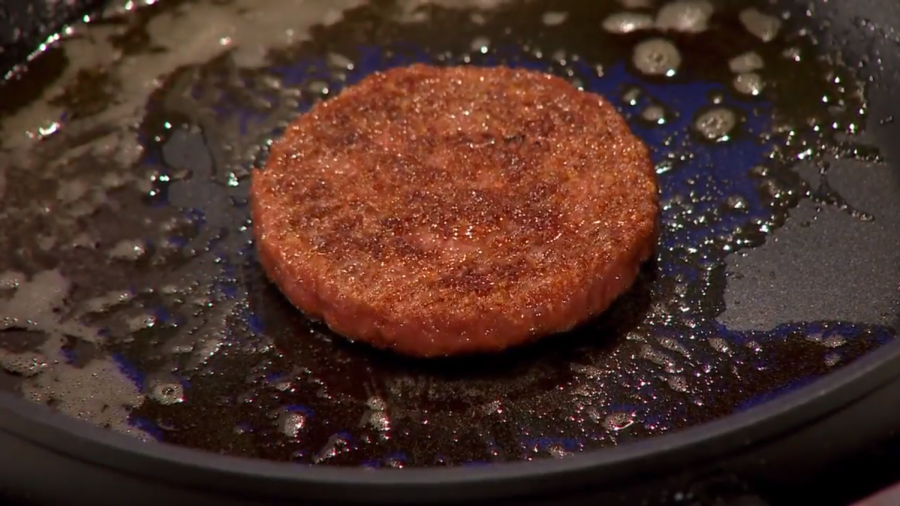Alternative Meat Tech in Israel: Could This Be The Future?
Scientists are making groundbreaking progress that may revolutionize the future of the meat industry
On November 7th, 2022, the annual Food Tech Israel conference was held in Tel Aviv. The highlights of this year’s meet-up were the recent developments in the field of alternative food sources — and the meat that turned out not to be meat at all.
How does it work?
Synthetic meat is mostly lab-grown, but alternative ‘real’ proteins that aren’t made in laboratories are also available for the production of this new, ‘fake’ food. This food is vegan-friendly and could open up many more options for people with particular dietary restrictions like, for example, Jews and Muslims, since it fits the Kosher and Halal regulations. For lab-grown meat, the process involves growing muscle cells in a special nutrient serum, and, eventually, these cells form into muscle-like fibres. This is the procedure – no meat involved. Alternative, blood-free options are still being explored, but so far we’ve managed to make plant-based patties which include fat, water, vitamins, minerals, and proteins. There’s a long way to go still, but this is a start.
Why are we doing this?
The development of synthetic food is something that is really impacting our world and it will be essential in the future to contrast both climate change and intensive farming. Having “fake” meat that looks, tastes and has the same nutritional qualities as real meat that is largely consumed by the human population can really impact our world positively because, for the environment, it means less emissions of CO2, less usage of land for farming purposes (currently 70% of arable land is used to grow livestock feed) and reduction of the usage of water. For the animals, it will allow for less mistreatment through a reduction of intensive farming; it will also have a positive impact on society by being able to provide even the poorer countries with meat supplies.
The history of synthetic foods
One of the first ‘fake’ meat experiments ever carried out was in 1896 when scientist John Harvey Kellogg produced a peanut-based “meatless meat”, Nuttose. In 1931, the first soy-based meat products began their development. From there on, there were various developments until Burger King added a veggie patty to their menu in 1999. The first really synthetic experiment was back in 2016: there was great excitement as a lab-grown hamburger patty was tried for the first time— and the results were positive! The only problem? It had taken 3 years and over $300 grand to make. Experimenting continued, and another notable landmark was reached in 2016, when the Memphis Meats company made a sort of cured meatball for only $1,000. The newest developments to date are the results of the 2022 Food Tech meeting, and we can only hope that this type of experimentation continues.
Could this be our future?
Synthetic meat could really take over the future because of the increasing global population that wants to have a good standard of living, which is becoming more and more difficult to feed with the resources we have now on Earth. Also, awareness is increasing amongst people in regard to climate change and the treatment of animals in the meat and dairy industry. Synthetic meat would draw a large part of the population, in particular those who want to become vegans or vegetarians, allowing them to eat meat without killing any animals and saving lots of water, land and emissions of CO2. Therefore synthetic food, with all probability, can be predicted to become vastly consumed by a large part of the world’s population in the near future.




























